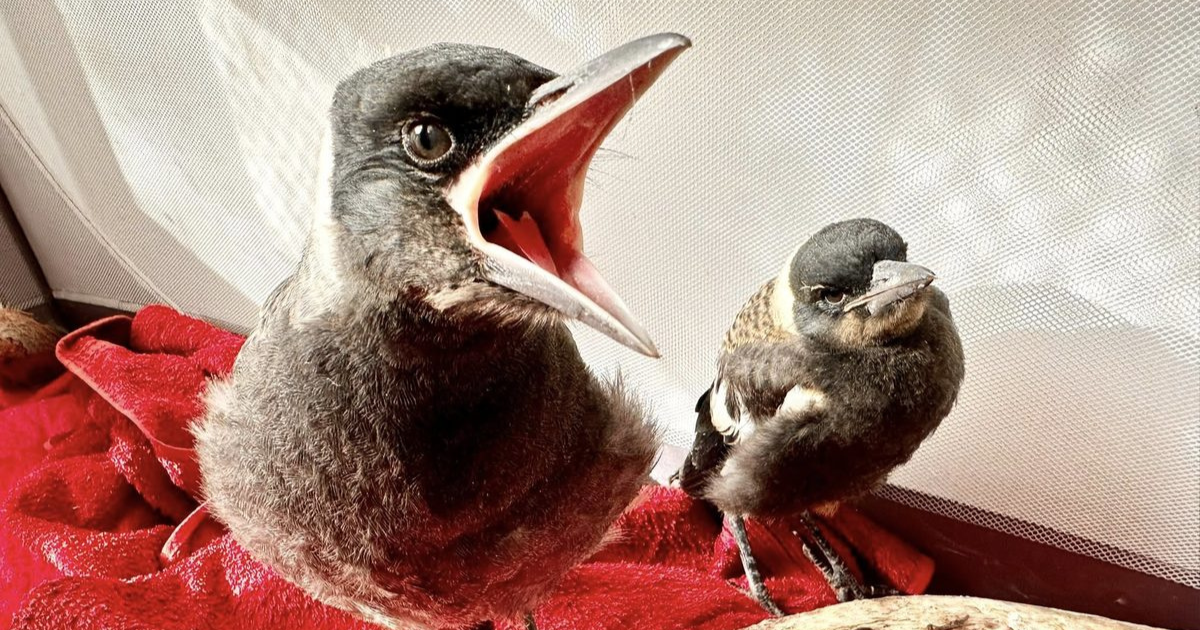Gang-gang cockatoo listed as endangered
THE Gang-gang Cockatoo has been added to Australia’s list of threatened species, listed as endangered by the federal government.
“Birdlife Australia had recommended an official listing as vulnerable, but the federal environment department of threatened species – the body that looks at this – have looked into the rates of decline that have alarmed them to the extent that they think the bird should be listed in the endangered category,” Birdlife Australia’s national public affairs manager Sean Dooley said.
The listing came into effect on March 2 this year and came with a federal environment department warning that no formal plan currently exists to help the species recover its dwindling numbers.
The species “requires a complex suite of recovery and threat abatement actions across multiple state boundaries and involving a wide variety of land managers and other stakeholders”, the department stated.
A decades long Birdlife Australia monitoring program had already picked up a massive drop in Gang-gang numbers prior to the 2019 bushfires, up to 70 per cent across the bird’s entire range.
“Then the fires ripped through around 35 per cent of their habitat,” Mr Dooley said.
The federal environment department lists climate change, wildfire, habitat loss and competition for suitable nesting hollows as adversely impacting the species.
Climate change is heating the preferred cool climate forest habitat of the bird, which is also impacted by logging native forests, “the big old trees that have hollows”, Mr Dooley said.
While the big population losses are occuring in the northern part of the birds range, the Otways’ population is comparatively stable, Sean Dooley said.
“You can see them in Anglesea and Lorne and they turn up in suburbs of Geelong,” he said.
“An end to native logging in Otways points to signs of hope for the southwest population, there’s less of the factors that are pushing them to extinction in eastern Victoria and NSW.
“But they do face the other pressures of climate change, a warming climate and loss of forest habitat.”


















